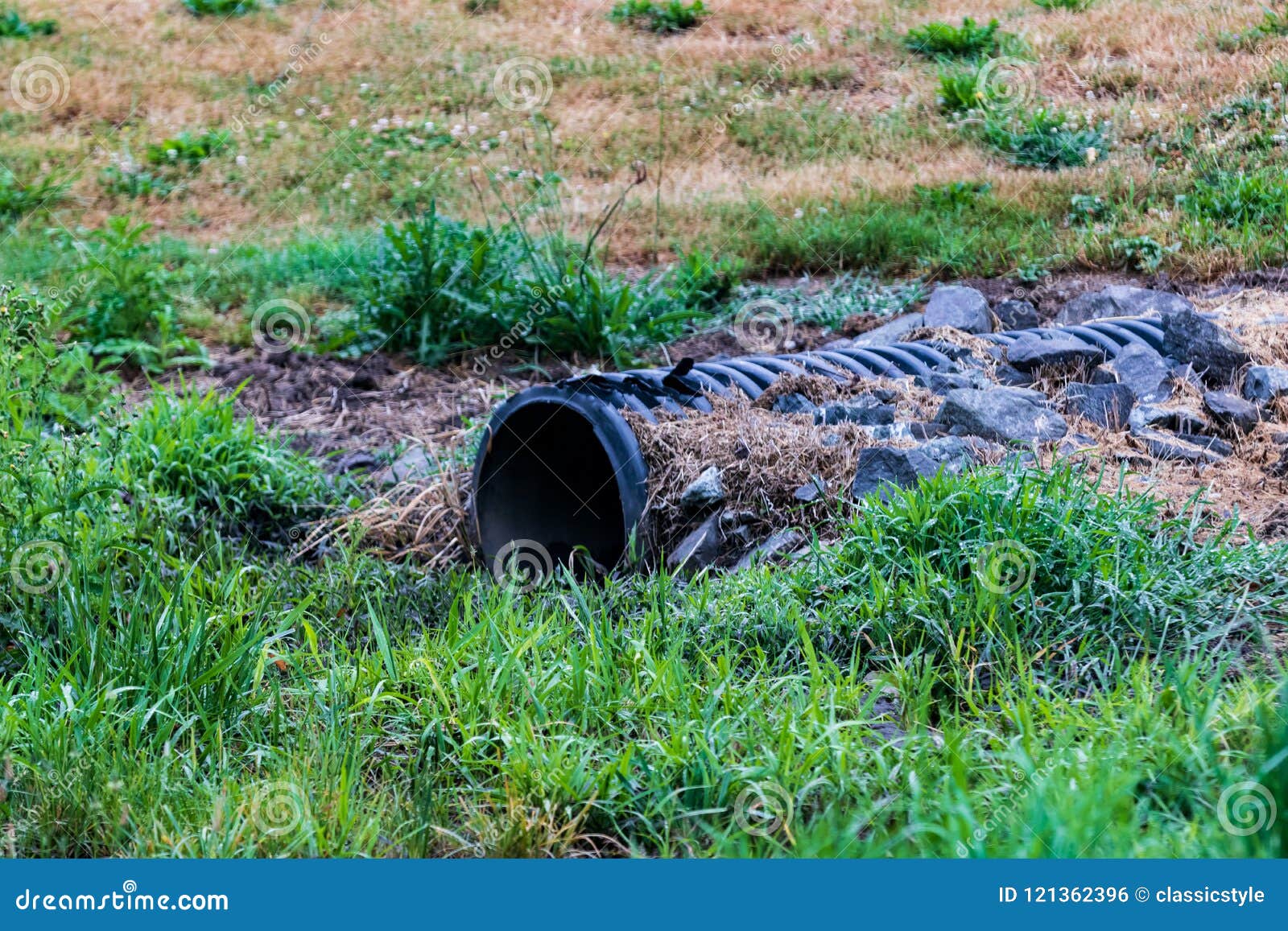
It is a Carrier mounted horizontally in the attic. the coils are dirty and so the water is coming from a different place than it used to the house has shifted and the overflow is no longer high enough to be an overflow I put in higher "quality" filters recently and somehow that has changed the airflow Why is the system draining this way? What can I do about it? If I block the overflow, water comes out the main, but if I put the pipes back on, it goes back to the overflow.īy pipes, I mean the connecting stubs that are a few inches long, so I know they are not blocked. I can see nothing that is preventing water from reaching the main line. So I disconnected the drains from the AC unit, and water preferred to come out of the overflow, even tho it was higher than the main line. But water was still coming out the overflow. I did my usual dance of cleaning out the main drain line - I made sure the point where it drains into the sewer was clear, put some drain cleaner, waited, poured a gallon of water down it, and then finally blew the line out. The device shall be installed in the primary drain line, the overflow drain line or the equipment-supplied drain pan, located at a point higher than the primary drain line connection and below the overflow rim of such pan.So my AC unit is draining water from the overflow drain again. A water-level detection device conforming to UL 508 shall be installed that will shut off the equipment served in the event that the primary drain is blocked.The auxiliary drain pan shall be constructed in accordance with Item 1 of this section. The pan shall be equipped with a fitting to allow for drainage. This pan shall be equipped with a water level detection device conforming to UL 508 that will shut off the equipment served prior to overflow of the pan. An auxiliary drain pan without a separate drain line shall be installed under the coils on which condensation will occur.The overflow drain line shall connect to the drain pan at a higher level than the primary drain connection. This overflow drain shall discharge to a conspicuous point of disposal to alert occupants in the event of a stoppage of the primary drain. A separate overflow drain line shall be connected to the drain pan installed with the equipment.Nonmetallic pans shall have a minimum thickness of not less than 0.0625 inch (1.6 mm). Galvanized sheet steel pans shall have a minimum thickness of not less than 0.0236-inch (0.6010 mm) (No.


The pan shall have a minimum depth of 1.5 inches (38 mm), shall be not less than 3 inches (76 mm) larger than the unit or the coil dimensions in width and length and shall be constructed of corrosion-resistant material. The auxiliary pan drain shall discharge to a conspicuous point of disposal to alert occupants in the event of a stoppage of the primary drain. An auxiliary drain pan with a separate drain shall be installed under the coils on which condensation will occur.One of the following methods shall be used: Drain piping shall be not less than 3/ 4-inch (19 mm) nominal pipe size. Such piping shall maintain a minimum horizontal slope in the direction of discharge of not less than 1/ 8 unit vertical in 12 units horizontal (1-percent slope). In addition to the requirements of Section M1411.3, a secondary drain or auxiliary drain pan shall be required for each cooling or evaporator coil where damage to any building components will occur as a result of overflow from the equipment drain pan or stoppage in the condensate drain piping.


 0 kommentar(er)
0 kommentar(er)
